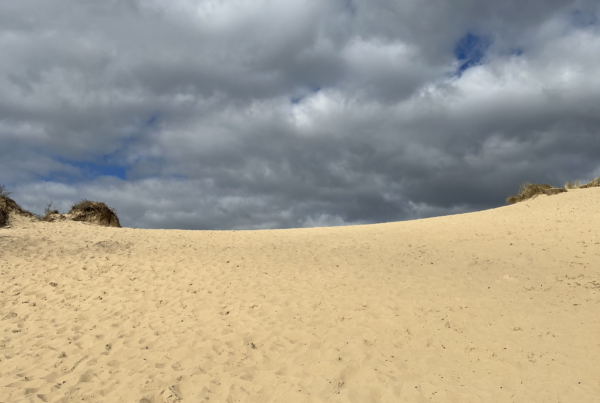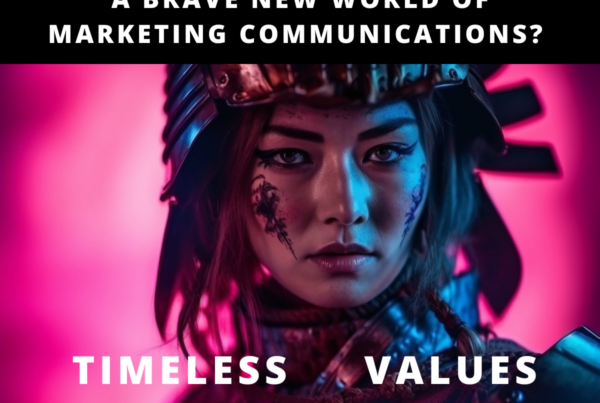Mind the gap
You may have heard of the Dunning-Kruger curve. If you haven’t, then you’ve perhaps heard Donald Rumsfeld’s somewhat mystifying attempt to express a similar sentiment:
There are known knowns. There are things we know that we know. There are known unknowns. That is to say, there are things that we now know we don’t know. But there are also unknown unknowns. There are things we do not know we don’t know.
Well, that’s about as clear as mud then…
The Dunning-Kruger effect essentially relates to a person’s cognitive ability and how well they can recognise their own ineptitude. The smarter and more switched on a person is, the more they recognise the gaps in their knowledge that will present obstacles to success in the future – and thus, ironically, the less confident they may be about their ability to fully satisfy a task. In the graph below, the people who display peak confidence are those with practically no actual competence; they feel confident about their abilities because they have no concept of the depth and breadth of the task that may face them.

The Dunning-Kruger effect essentially relates to a person’s cognitive ability and how well they can recognise their own ineptitude.
Another notable figure who managed to summarise this idea in a somewhat more pithy manner was Alexander Pope, who was well ahead of the curve (ahem…) when in 1709 he said ‘a little learning is a dangerous thing’. Confidence may bring great rewards, but only when it is forged on a basis of genuine and critical self-reflection about one’s abilities, and – more importantly – the gaps in those abilities.
A bit of introspection
So, with the Dunning-Krauger curve in mind, what would be your answer if I ask ‘how well do you know your market?’. Perhaps more importantly, what if I asked ‘how well don’t you know your market?’. In other words – how big is the gap between what you know and what you need to know about your clients, and how open are your eyes to addressing this gap?
Moving goal posts
In answering this question, you might point towards the strong relationship you have with your existing clients, the repeat business you’re securing, the strong metrics on your website and social media… For all the questions you’re asking, you’re getting the right answers.
The problem is – how relevant do those questions remain in a dynamic and shifting field? If someone were to tell you that traffic to their Myspace page had been meeting desired targets for the last five years, would you interpret that as an indication of marketing success, or a very misguided way of looking at things? How many people are you missing, how many opportunities are you squandering by virtue of asking the wrong questions and measuring the wrong things? How big is your gap, and how often is it changing?
Both the fields of technology and PR/marketing are dynamic entities, in which shifting patterns and trends mean that no individual can afford to rest easy. The changes that occur in the field of technology are tangible and observable; Moore’s law and the apparently exponential growth of integrated circuitry means that all engineers have their ears constantly pricked for developments and changes. They constantly move their feet to close a gap that is shifting and morphing.
In the field of PR and marketing though, changes might be less distinctly observable. It is not only the platforms for engagement that change – the linguistic styles that clients respond to, the content they seek to engage with, the messages that resonate are in a constant state of flux. A ‘generational’ gap is not just the idea that your Grandparents still think that ‘lol’ means ‘lots of love’ in a text – generational gaps can now span just a few years and content not pitched at a generational group directly will sail right over their heads. More difficulty, these gaps can be almost impossible to quantify – they are felt rather than measured.
The reason for this is that marketing and PR are fundamentally human in nature. So what is the answer then? How do you identify what questions you should be asking? How do you see what you’re not yet seeing, know what you don’t yet know, address the gaps between what you have and what you need?
The Xpresso solution
At Xpresso, we think that keeping the human dimension in mind is key to success in addressing potential gaps. Retaining the very human dimensions of curiosity, creativity and openness allow for new avenues to be explored which bring with them new questions, and important answers. Keeping concepts of dynamism and evolution at the heart of your communications practices is key; stagnation isn’t just boring for the message recipient, it risks that the message broadcaster is chasing only the most narrow of avenues. Diversity starts dialogue, and dialogue drives sales. Openness means asking questions, rather than pursuing answers. So make sure that when thinking about you are developing your PR and marketing strategy, the focus remains on finding out more, rather than resting on what you know.







